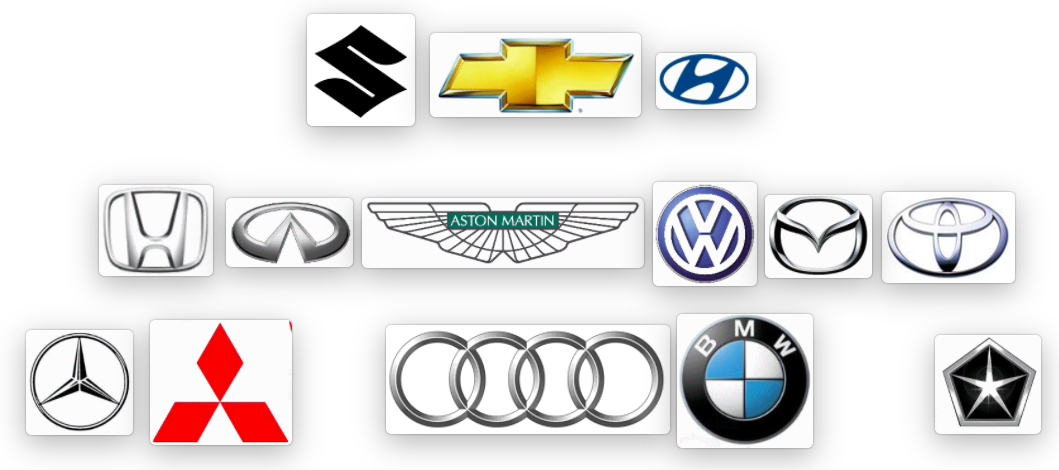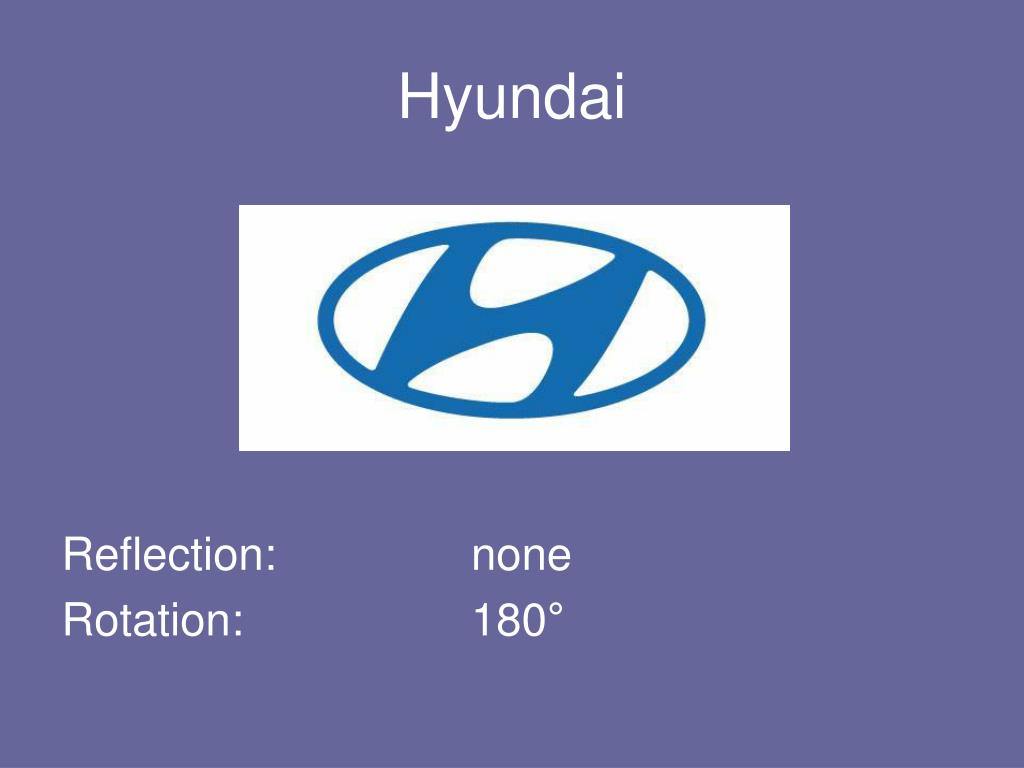


This news magazine website features columns of different lengths and greater visual weight of images on its left side for an overall appearance that struggles to achieve balance. Not only are the MacBook screens of equal length on both sides of the vertical, central axis, but the lines of typography in the headline and subheading above are also equidistant on both sides of the axis.
Logo with a reflection symmetry mac#
Web design AppleĪpple’s Mac webpage gives us a stunning example of great reflectional symmetry. The first three letters are noticeably wider than the last three letters, creating a sense of greater visual weight in the first half of the wordmark. Google’s wordmark is an example of asymmetrical balance. To create reflectional symmetry like this, use simple shapes and go for a minimalist logo that doesn’t have many complicated parts to it. If you draw a vertical line right down the middle, both halves are perfectly the same. The Airbnb logo is an example of pure reflectional symmetry. The best way to learn about balance is to look at a few real world examples of symmetry and asymmetry in action. You have to work a little harder to achieve balance with asymmetrical visual elements, but you’ll also have the liberty to experiment with unexpected patterns and forms, in a way you just can’t with symmetry. Balanced, symmetrical designs are typically more engaging because our eyes find them naturally more interesting and attractive. If a composition doesn’t fit into the above categories, it’s probably asymmetrical.Īs a designer, asymmetry both challenges and helps you. Like rotational symmetry, it also conveys a sense of moving forward. Glide reflectional symmetry is a play on reflectional symmetry, but it involves a shift in the position of each mirror image. Think about how each step produces a reflection of the opposite foot, but because of movement, each footprint doesn’t line up with the other. We’ve all seen footsteps in the sand or snow.


This type of symmetry is ideal for capturing a sense of motion, dynamic action or speed. Imagine a car’s moving wheels and spinning windmills, and you’ve got rotational symmetry.Īlso known as radial symmetry, this technique features all visual elements rotating around a center at any angle. This repetition can happen for any length or in any direction. This is translational symmetry-when visual elements repeat across a location in space. Think of the same shape repeating itself over and over again. However, many instances-a face, for example-will feature subtle differences on each side. Reflectional symmetry can be perfect symmetry, meaning both sides of the image are identical. Both sides are mirror images across a center line, and this is reflectional symmetry.Īlso known as bilateral symmetry, you’ll find this technique used vertically, horizontally or diagonally. Imagine taking an apple and cutting it in half. Here’s a quick look at the four types of symmetry. The different types of symmetry and asymmetryīalance is the key to great design, but symmetry is one of the tools you can use to get there. Think of mosaic balance as organized chaos that might look like noise, but actually creates balance thanks to the absence of a distinct focal point.Įach element shares a common emphasis, and no single element dominates the composition. Imagine perfect mirror images looking at each other around a central axis. Symmetrical balance occurs when your composition has the same visual weight on each side of an axis. There are four basic ways to achieve balance: Symmetrical balance Symmetry is the visual quality of repeating parts of an image across an axis, along a path or around a center.Īsymmetry, on the other hand, refers to anything that isn’t symmetrical.īalance is the visual principle of making a design appear equally weighted throughout the composition.īalance measures the visual weight of your composition, which impacts how much each element attracts your audience’s attention. What is visual balance? And what is symmetry? That’s why we’re going to go through a few examples to ensure everything is crystal clear. asymmetry isn’t difficult, but getting it just right can be tricky at first. When your designs achieve balance-which can happen with both symmetrical and asymmetrical designs-they’ll achieve greater harmony, and your audience will use less energy taking in the information. Successful graphic designers know that mastering the visual concept of balance is the key to effective communication.


 0 kommentar(er)
0 kommentar(er)
